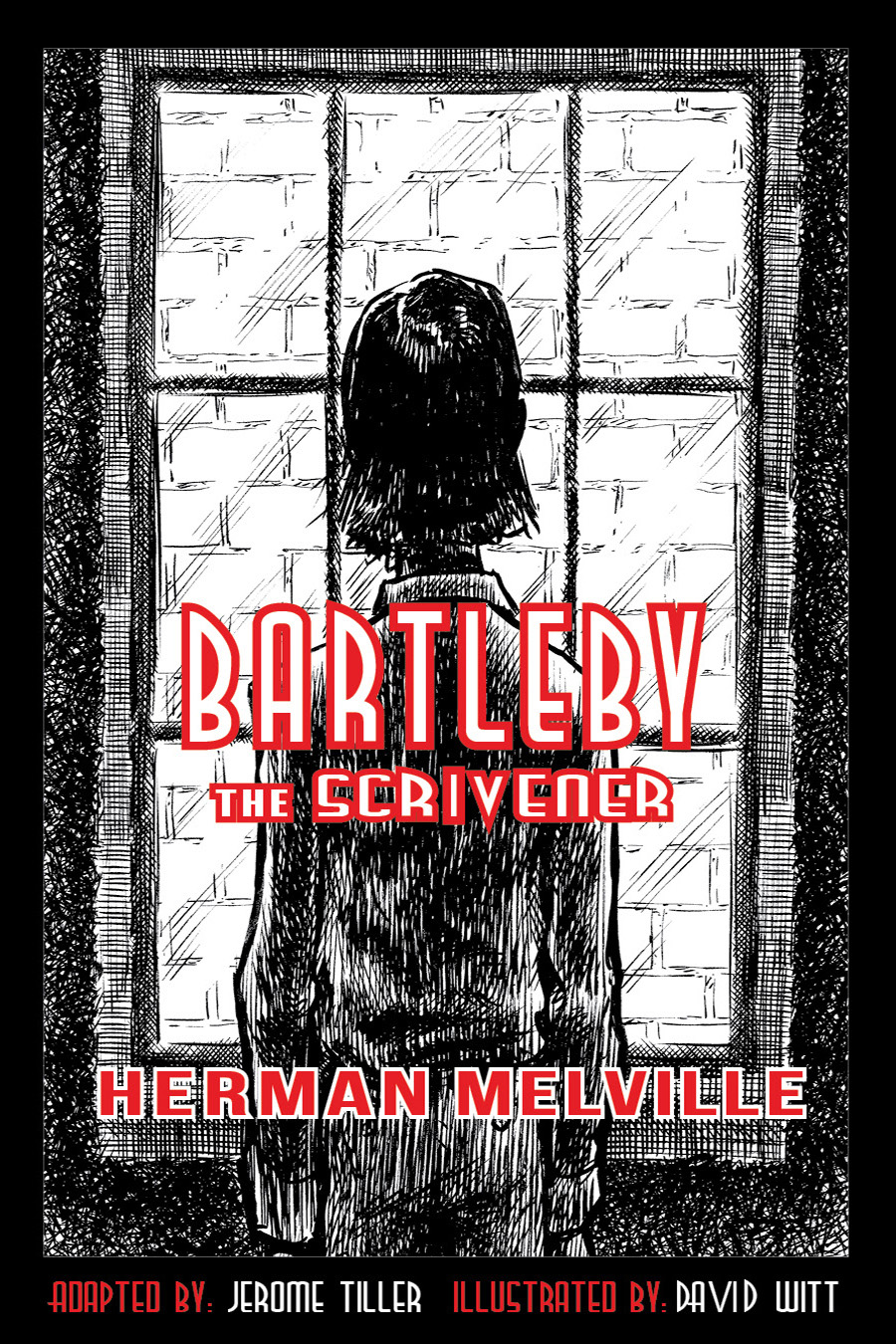Why Adapt a Classic Story - A Fair Question
Why adapt a classic story? That’s a fair question. It deserves an answer. After all, classic stories have earned their timeless designation just as they stand. So why mess with them? I have relatives and friends who wonder at my audacity or sanity for undertaking a venture like Adapted Classics.
I am more inclined to explain myself to those who question my sanity. Some ventures are undertaken because of stupid expectations for success. As for audacity, I deny I am audacious. I never believed we were improving the classic stories we adapted. I simply believed we were making them more accessible. I thought illustrations and slightly modernized text might draw youth to classic stories, both for their entertainment and edification.
I did this full-well knowing that modern youth entertain themselves with digital media, and that doesn’t mean e-books, either. A recent study by the American Psychological Association verified what I already knew. Their study showed that one in three high school seniors did not read a book for pleasure in 2016. It also showed 82% of them visited social media sites every day.
So where does that leave Adapted Classics? That’s a fair question. Why adapt a classic story when modern youth aren’t much interested in reading anything with long-form content at all? Not even magazine articles or newspapers, the study shows.
So once adaptedclassics.com, where does that leave us? As a small publisher of one classic story after another, maybe on a psychiatrist’s couch. No—far too expensive. More likely a padded cell since I guess I must agree with those who question my sanity. Might as well get straight to it.
[caption id="attachment_599" align="aligncenter" width="212"] Jerome Tiller reads a long-form letter in his padded cell[/caption]
Jerome Tiller reads a long-form letter in his padded cell[/caption]
I am more inclined to explain myself to those who question my sanity. Some ventures are undertaken because of stupid expectations for success. As for audacity, I deny I am audacious. I never believed we were improving the classic stories we adapted. I simply believed we were making them more accessible. I thought illustrations and slightly modernized text might draw youth to classic stories, both for their entertainment and edification.
I did this full-well knowing that modern youth entertain themselves with digital media, and that doesn’t mean e-books, either. A recent study by the American Psychological Association verified what I already knew. Their study showed that one in three high school seniors did not read a book for pleasure in 2016. It also showed 82% of them visited social media sites every day.
Don't Know Much About Psychology
Even though I don’t know much about psychology, I agree with the experts who conducted the study. They lament that youth do not read long-form texts like once upon a time.They say without long-form reading exercise, modern youth are depriving their brains. Modern youth do not develop the ability to digest concepts by reading texts or status updates. To develop this important skill, they need to read long-form texts. So the experts say. They probably know.So where does that leave Adapted Classics? That’s a fair question. Why adapt a classic story when modern youth aren’t much interested in reading anything with long-form content at all? Not even magazine articles or newspapers, the study shows.
So once adaptedclassics.com, where does that leave us? As a small publisher of one classic story after another, maybe on a psychiatrist’s couch. No—far too expensive. More likely a padded cell since I guess I must agree with those who question my sanity. Might as well get straight to it.
[caption id="attachment_599" align="aligncenter" width="212"]
 Jerome Tiller reads a long-form letter in his padded cell[/caption]
Jerome Tiller reads a long-form letter in his padded cell[/caption]

